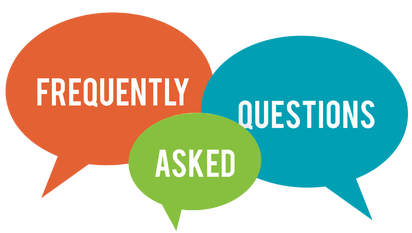CAPS December Services Updates
12/15 - 12/17: CAPS is remote and providing virtual services only
12/18 - 12/19: Closed for all-staff meetings
12/22 - 12/23: CAPS is remote and providing virtual services only
12/24/25 - 1/2/26: Closed for Winter Break (we will reopen on 1/5/26)
To speak to a 24/7 crisis counselor: Call 951-UCR-TALK or 951-827-5531 and select option 1
To speak to our front desk: Call 951-827-5531 and select option 2
Life is Stressful!
Unhealthy levels of stress can severely affect you in many ways, both physically and emotionally. High levels of stress can lead to headaches, muscle tension, sleep problems and anxiety. Diseases associated with stress are the leading cause of death in the United States and have been linked to coronary heart disease, stroke, migraine headaches, stomach and duodenal ulcers, colitis, asthma, and mental and emotional problems.
If you think you suffer from stress, Counseling and Psychological Services's biofeedback program may be right for you!
What is Biofeedback?
Biofeedback is the use of computer sensors to help you recognize the relationship between psychological processes and physiological changes within your body. With practice, you can learn to bring these processes under voluntary control and exert more control over your bodily responses to stressful events. For example, you may voluntarily warm your hands and feet, or slow and deepen your breathing to reduce stress.
How Are My Bodily Responses Measured?
Using a computer, a biofeedback technician will measure several biological processes: respiration, heart rate and blood volume pulse, electrodermal response and skin temperature.
- Respiration: Both the number of breaths per minute and diaphragm expansion are measured via a tube wrapped around the mid-section, just below the rib cage and attached with a strip of Velcro.
- Heart rate and blood volume pulse: A transducer is usually attached to a thumb or finger with a Velcro strip.
- Electrodermal response: The amount of moisture or perspiration is measured with electrodes attached to two fingers.
- Skin temperature: Skin temperature measurement is obtained by the use of a wire thermometer, which is taped onto a single finger.
What Will Take Place at my Biofeedback Session?
At your first session, a technician will attach instruments that will measure your responses. In addition, the technician will explain various exercises to aid your voluntary self-regulation. Some exercises that might be used are breathing, to relax and center your body; tense-relax, to control small changes in tension levels; autogenic training, teaching your body to respond quickly and effectively to verbal commands to relax; and visualization, where you might imagine yourself in a pleasant, comfortable scene.
How Long Will it Take to Relax on my Own?
- Each person is unique. Most clients attend approximately six sessions, meeting once a week for 45 minutes with their technician.
- Provided you do your exercises at home, within a few short weeks you will be better in tune with your body.
- You will not only become aware of physiological signals, you will also learn to react to these signals so as to avoid stress, reduce tension and lead a more relaxed life.
How Do I Sign Up for Biofeedback?
Call (951) 827-5531 or stop by Counseling and Psychological Services to sign up for an initial assessment appointment. Afterwards, you will be referred to the biofeedback program. We are located in the Student Health and Counseling Center (SHCC) building on the second floor (next to Lot 21).


